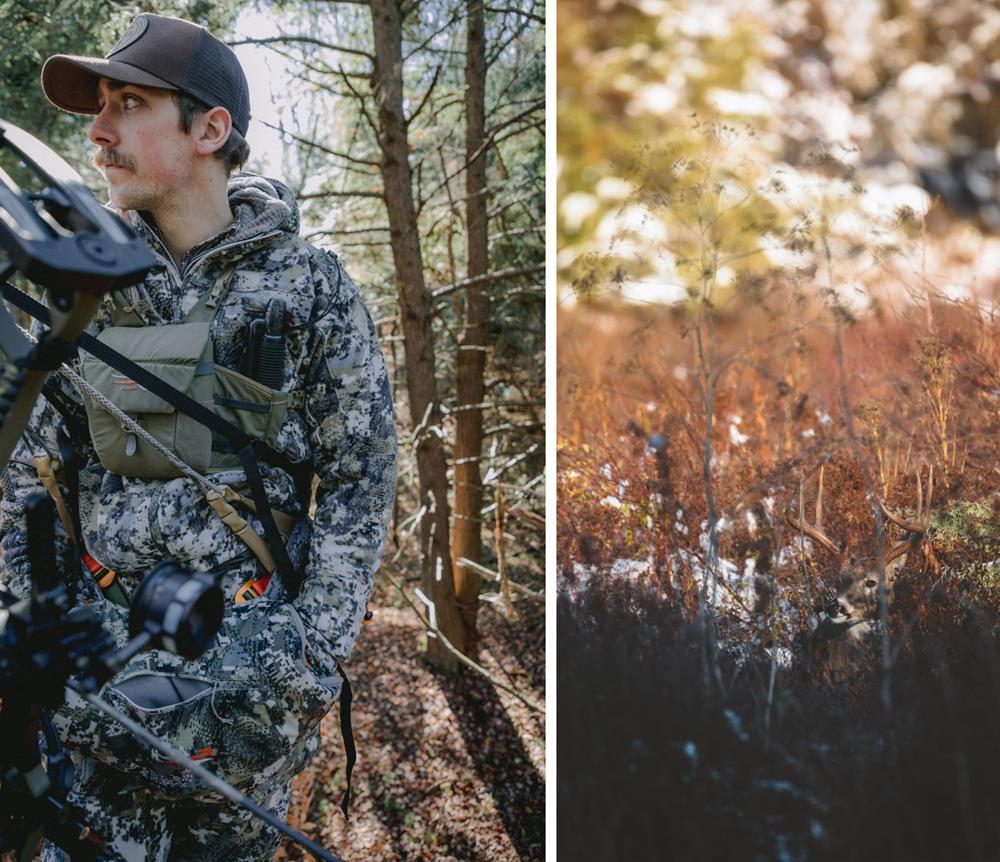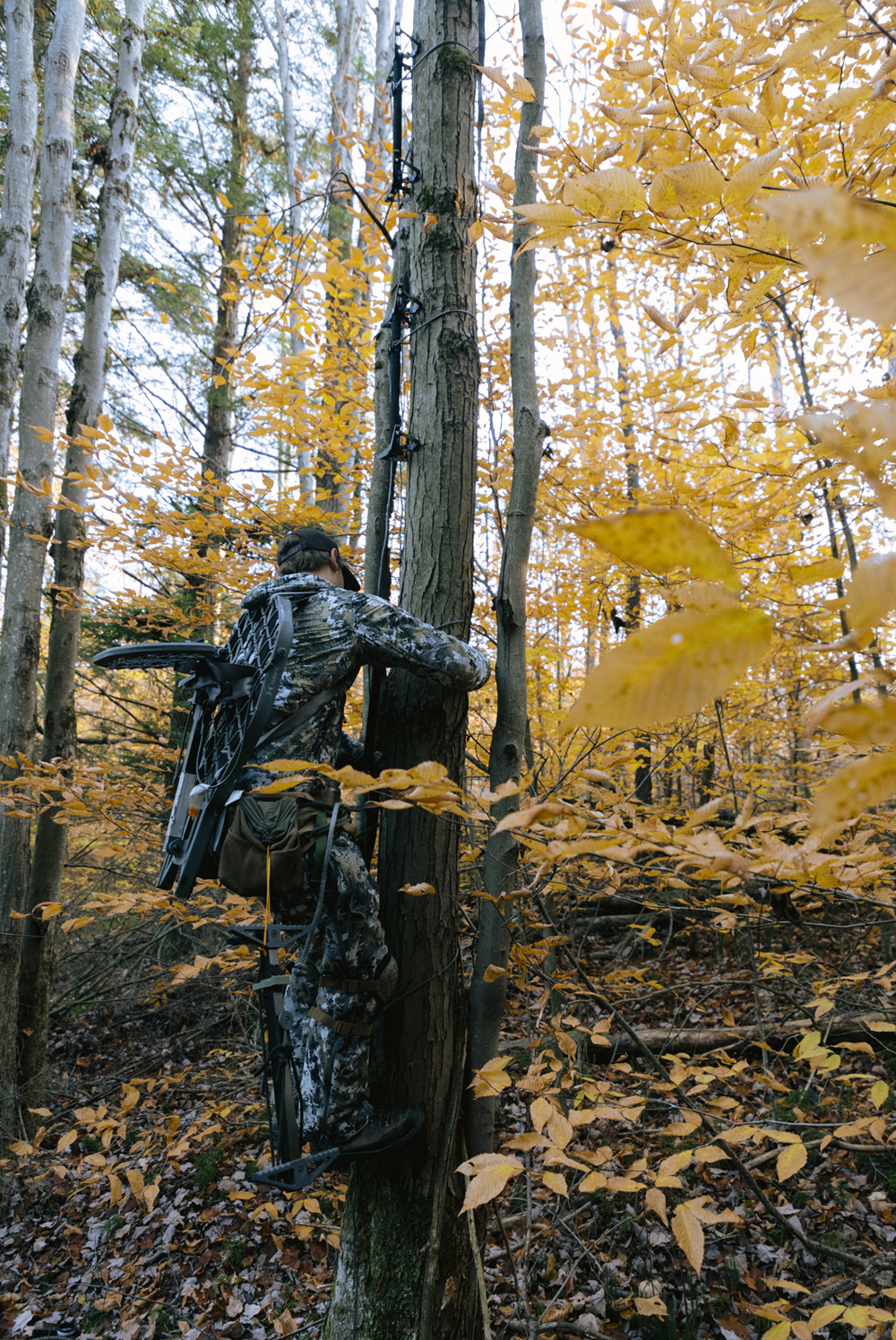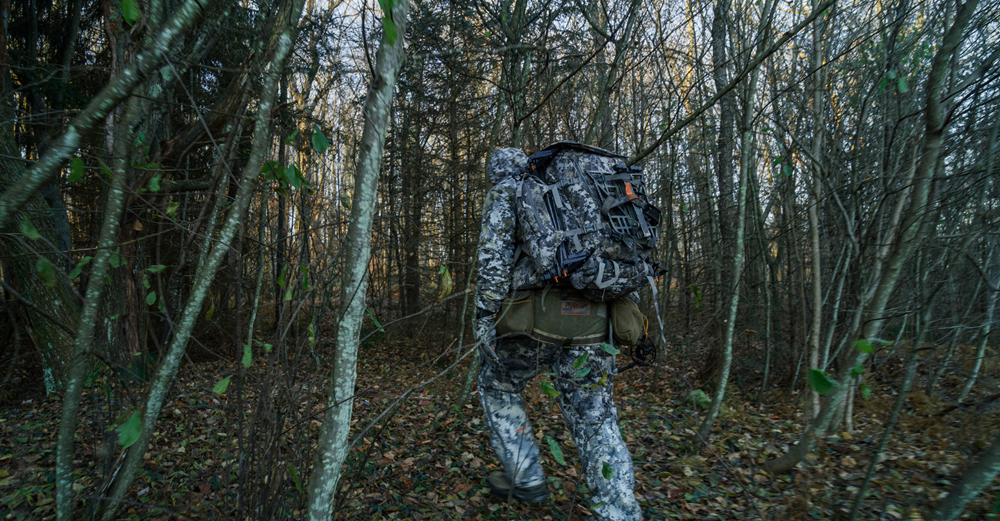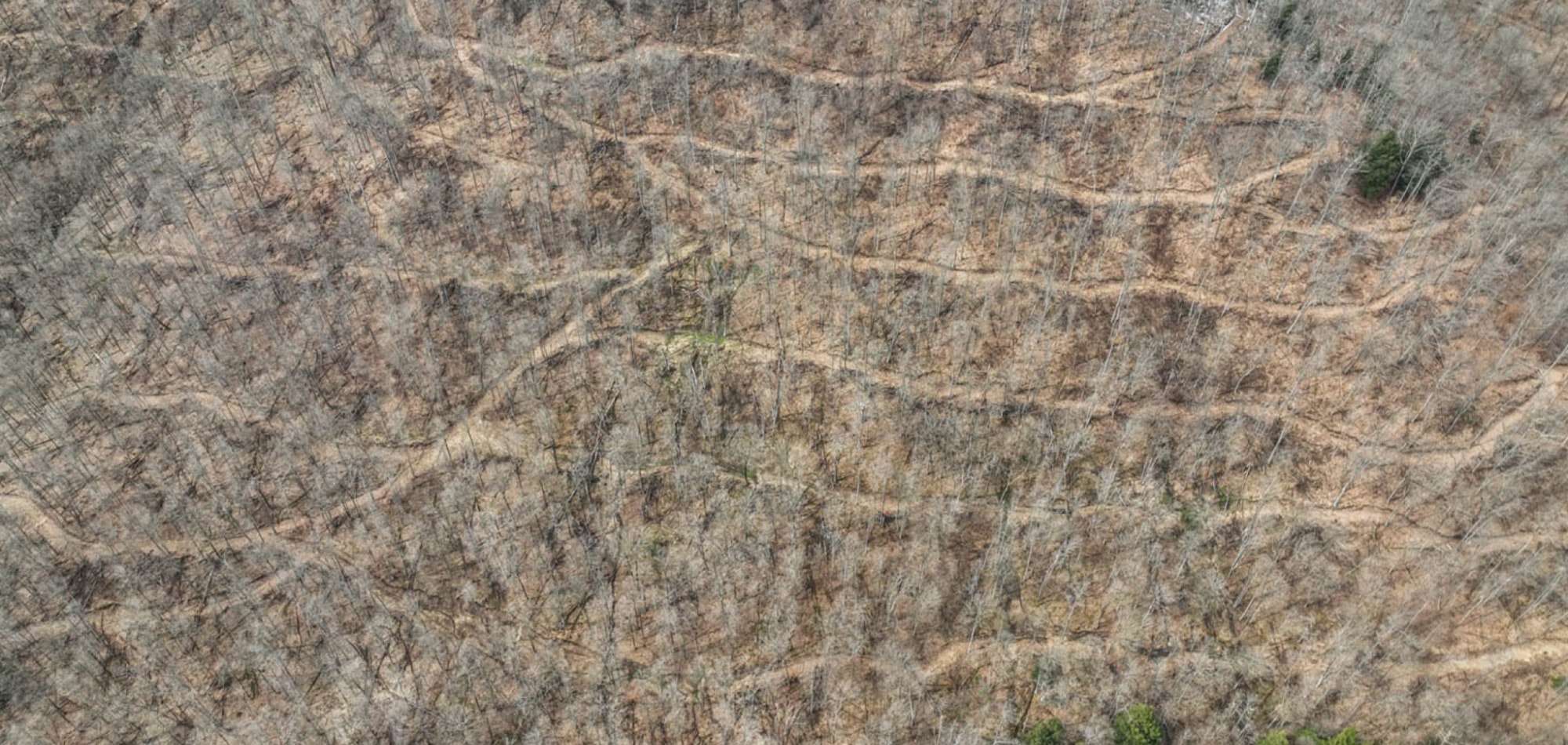I am drawn to the allure of the big woods, the mountainous environment in parts of the Appalachians. In the Eastern United States, it’s the closest thing that I’ve found to adventure deep in the wilderness away from lights and sounds. Much of this area is public land for all to explore, camp, hunt, and fish. The valley floors are scattered with hemlock trees, beaver dams, and meandering streams. The ridges are covered with big timber, logging cuts, and thickets. Relatively low deer numbers, thick cover, sporadic food sources, swirling winds, and the seemingly endless miles of vast woods makes hunting these deer intimidating and difficult to learn. This seems to be why few look at this area as a destination whitetail hotspot. Luckily for me, I grew up in Pennsylvania’s Appalachian range and learned the way of these woods from a young age from my family.

Bucks can live in these mountains for over ten years with some dying from natural causes associated with old age. The mountains provide the perfect blend of cover and unforgiving terrain for them to thrive and escape from their biggest predators: humans. Deer move through these areas based on natural vegetation edges and terrain funnels that have been refined by mother nature for many years, making this different from the traditional farm country where human interaction with the land has an impact on movement. The antlers rarely grow to the size you find in agricultural areas, but their large bodies, grey faces, and chocolate racks add a different level of satisfaction.

As the days shorten and grow colder, the smells of fresh cut grass are replaced with earthy aromas associated with leaves changing colors, slowly dying, and eventually falling to the ground. Small cabins buried deep in the woods that have been vacant all summer are now coming back to life with wood smoke rolling out of the chimney and packed full of hunters escaping their everyday lives for a brief moment in time. October kicks off most of the deer seasons in the Appalachian mountains, and the deer camp tradition is unlike anywhere else. We retreat to our family deer camp that always has trucks coming up and down the driveway on the weekends. Whenever one of us gets a deer, friends and family come to celebrate, eat some of the fresh venison that we bring home, and tell stories of past and present. This time of year when the air starts to cool, I can’t help think of the past experiences and bucks I’ve encountered deep in the Appalachian wilderness. This is the time to bear the fruits of our labor with all of the preparation leading up to hunting season.
Being consistently successful on big woods whitetails does not happen overnight and requires constant scouting to learn the woods and their ever-changing dynamics. Food sources are changing, bedding cover is tightening, testosterone levels are changing, and frosty mornings are becoming more frequent. We have to constantly adapt to this changing environment, if we want to feed our families with lean, wild game meat, and have the antlers on the wall that will generate stories for decades to come.

The big woods terrain can vary from well over 1,000 feet of elevation gain with cliffs and bench systems to relatively flat swamps and endless timber. No matter the situation, it makes access difficult with long, physically demanding hikes into your stand locations. In low deer density areas, you will have days where you won’t see a single deer all day, and even for multiple days. The majority of our everyday lives are filled with constant stimulation, and when they aren’t, we add artificial stimulation with our phones. Embrace the boredom in the tree without cell phone coverage, and enjoy the silence. The time I spend in a tree in the Appalachian Mountains chasing mountain bucks gives my mind a hard reset, removing all of the unnecessary clutter in my head.
I compare hunting whitetails in the big woods to western hunting in the Rocky Mountains. The terrain and landscape are immensely different, but the experience is the same. I used to think I had to drive 24 hours out west to find true adventure but eventually realized that adventure is yours to define. With the right mindset, you can find the experience you are looking for close to home. For me, there’s nothing I love more than the arduous endeavor of chasing mountain bucks in the big woods regions of the Appalachian Mountains, and I will continue to do so for as long as I can.

